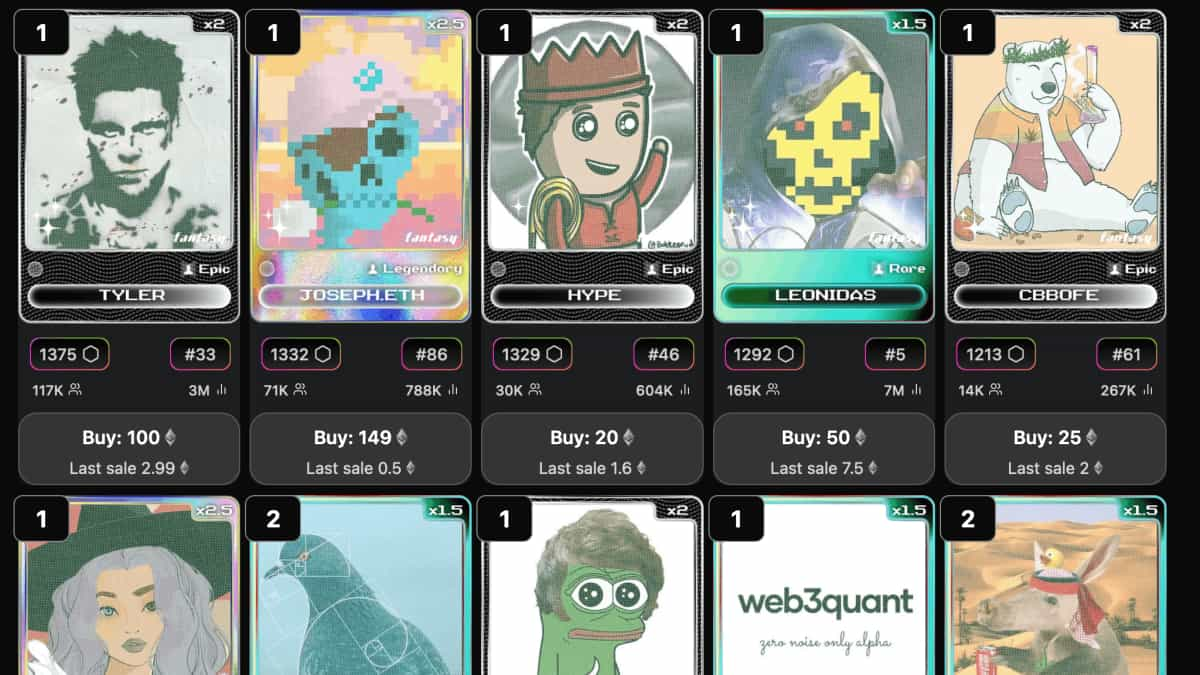What is an order book?


An order book offers a live display of all active buy and sell orders for a particular digital asset, empowering traders with crucial insights into market dynamics.
In essence, it is a constantly updated ledger that displays all the buy and sell orders for various cryptocurrencies on a trading platform. It gives traders information about the supply and demand for specific assets, offering insights into market sentiment and potential price movements. In this article, we'll delve deeper into the intricacies of order books, explaining how they work, and what key terms like limit order, bids, asks, and order depth mean.
Information within an order book
Each order book is divided into two sides, each displaying contrasting information. One side represents the buy orders, also known as "bids," while the other side represents the sell orders, or "asks."
The concepts of "amount" and "price" are relevant to both sides. The "amount" refers to the total units of the cryptocurrency someone is looking to trade, whereas the "price" is the value of each unit.
These orders are then matched by a cryptocurrency exchange to facilitate trades. Cryptocurrency order books can be seen on major exchanges, like Binance and Coinbase.
The need for limit orders
When it comes to trading digital assets like bitcoin, predicting price movements can be uncertain. However, there's a tool on exchanges that offers more control over trades: limit orders.
With limit orders, a trader can create a precise plan for their strategy. Limit orders allow traders to buy or sell an asset only when it reaches a desired price.
Once a limit order is set, the trade is automatically executed when the asset hits the target price, though there's no guarantee that this will happen. If a trader places a buy limit order, also known as a bid, the asset might continue to rise and never reach the set price.
Conversely, if a trader sets a sell limit order, known as an ask, the asset could keep dropping. And if the asset doesn't hit the desired price, or there aren't enough matching orders to fill the set price, it may only get partially filled or not filled at all. The matching of these bids and asks is what ultimately leads to trades being executed. This matching process is automated on trading platforms, ensuring efficiency and efficacy.
On most exchanges a trader can also determine the quantity of the asset that they wish to purchase using an amount slider. They can also select the limit order's expiration time.
Order books and order depth
Order depth in an order book is a measure of the total quantity of buy and sell orders at various price levels for a specific cryptocurrency or asset on a trading platform. It is also referred to as market depth.
It indicates the liquidity and depth of the market at different price points, allowing traders to assess the strength of support and resistance levels. In simpler terms, order depth tells you how many buyers and sellers are lined up at different prices, helping traders gauge potential price movements and the ease of executing trades at desired price levels.
A deeper order book typically suggests a more liquid market. Conversely, a shallow order book can indicate lower liquidity and potentially more volatile price swings.
Order books and price volatility
The balance of buy and sell orders within an order book indicates the direction of price movement. High volatility often correlates with an imbalance in the order book, where there's a significant discrepancy between buy and sell orders.
For instance, a sudden influx of sell orders in the order book can lead to an increased supply of a particular cryptocurrency, potentially causing a decrease in its price. This creates a "sell wall," acting as a short-term resistance level that can prevent the price from rising further. Conversely, a surge of buy orders can create a "buy wall," acting as a short-term support level that can prevent the price from dropping further. This balance or imbalance between the buy and sell orders can significantly contribute to the price volatility of a cryptocurrency.
It's through the lens of an order book that traders can observe the tug-of-war between supply and demand, a fundamental aspect of any trading environment.
Disclaimer: This article was produced with the assistance of OpenAI’s ChatGPT 3.5/4 and reviewed and edited by our editorial team.
© 2023 The Block. All Rights Reserved. This article is provided for informational purposes only. It is not offered or intended to be used as legal, tax, investment, financial, or other advice.



